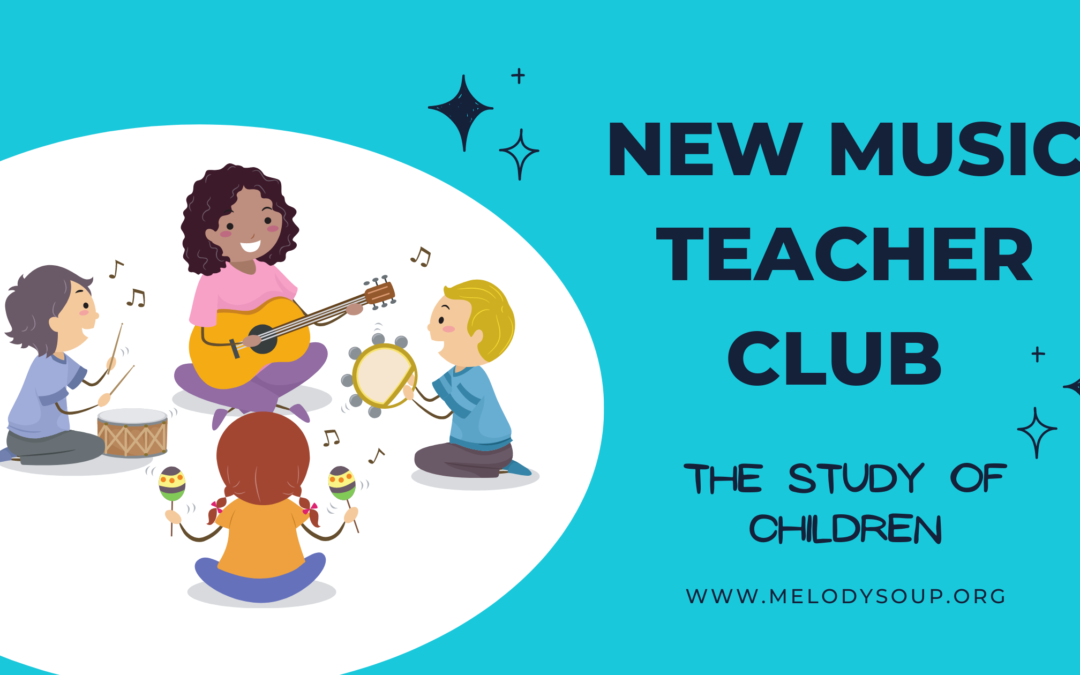First a disclaimer. I am not a child development expert. I am a child development observer. I am not a music curriculum expert. I am a music education practitioner. I study and based on the body of knowledge I have acquired and based on what I observe in my classroom in real time, I make instructional decisions and instructional responses. Despite my years of personal reading, study and observation, I do not consider myself to be as informed as I hope to be concerning neurology, child development and trauma informed practices. However, I do feel that it is perhaps my most important and effective tool in my classroom.
For that reason, this blog post is NOT intended to share with you what I know or don’t know about children. Rather, this blog post is intended to encourage YOU to become intentional about your own study of children, their brains, their development, their response to trauma and how these things can impact every moment of your music class.
After 23 years teaching general music, I can say with certainty that EVERY single moment of my time in the general music classroom has been an opportunity to first observe and assess and then RESPOND and ADJUST to the neurological state presented to me by my students. .
Truly, I’ve always responded…. However, some responses of mine produced better outcomes than others. Learning how to guide my response so that I can still preserve instructional time for my students is something I expect to continue to work on for the rest of my time in the classroom. No one, has a 100% batting average when It comes to keeping everything golden in their classroom 100% of the time. As a new teacher, you CAN learn to
- Observe without assumptions or judgements.
- Assess with knowledge of what is typical at a given age and / or diagnosis, circumstance or stimuli
- Respond as the most influential presence in the room.
The videos below present summaries of widely respected and accepted theories of human development. I am sharing them here, not to say that one is more “correct” than another, but to suggest that by taking the time to familiarize and internalize these theories we can create a lens through which we can view and evaluate the musical learning we are trying to achieve in our classroom. When I went to YouTube to find some summaries of all the various theories and practices that might influence our teaching I stumbled on this truly fantastic YouTube channel . It’s great! There are TONS and TONS of amazing videos! I’ve included several, but there are so many more. Absolutely worth exploring!
Video Summaries of Theories and Perspectives
Observing Children – Videos
Nothing can replace real live observation. However, these days there are MANY opportunities for observation in YouTube. Just keep in mind that the lessons placed on YouTube are the ones that the folks who post them are proud of, and may not reflect “real ” life fully. The first time you watch the videos, focus on what the children are showing the teacher and how the teacher responds. Then if time permits, watch the video again and consider whether or not you agree with how the teacher responded. If yes, why? If not, why? Then watch the videos in order from youngest to oldest students and make note of the differences between the various ages. Based on what you saw, how would you address the needs of the children in the videos to finish the lesson, or in the next lesson?
Full disclosure: I am an Amazon Associate, meaning that the links below could potentially create revenue for me.







